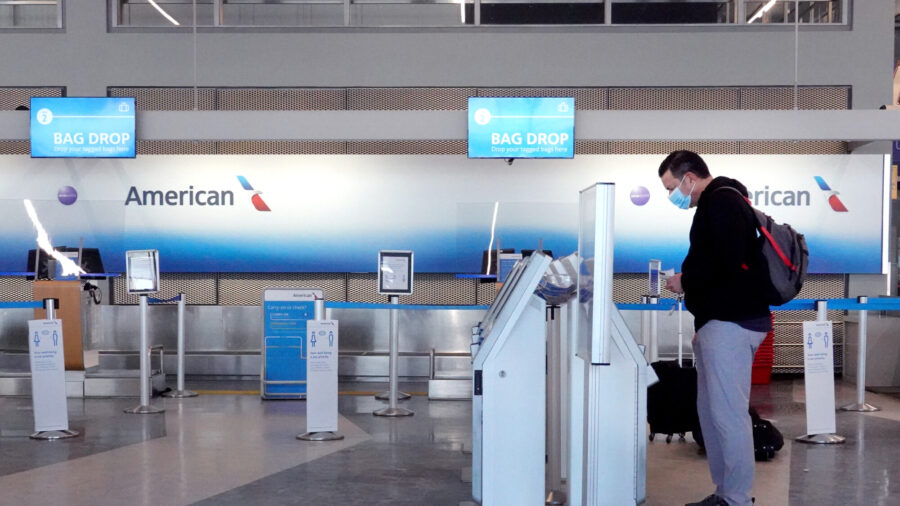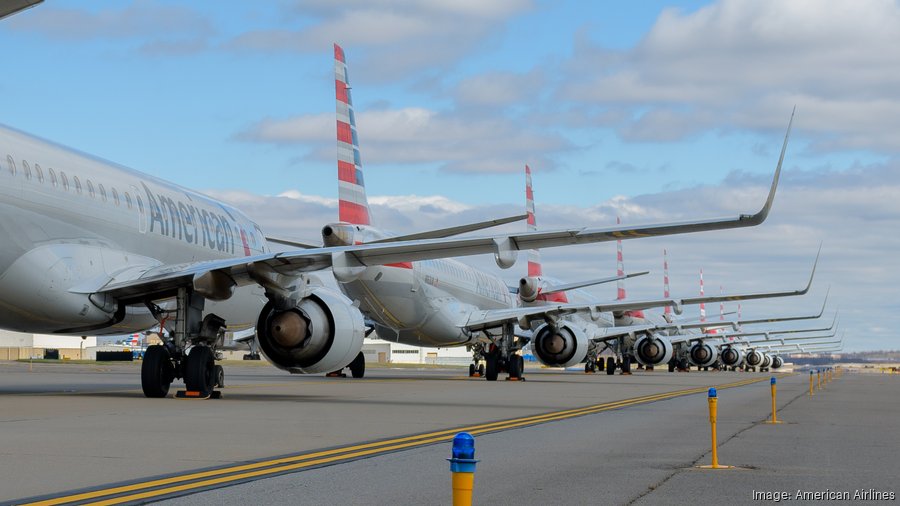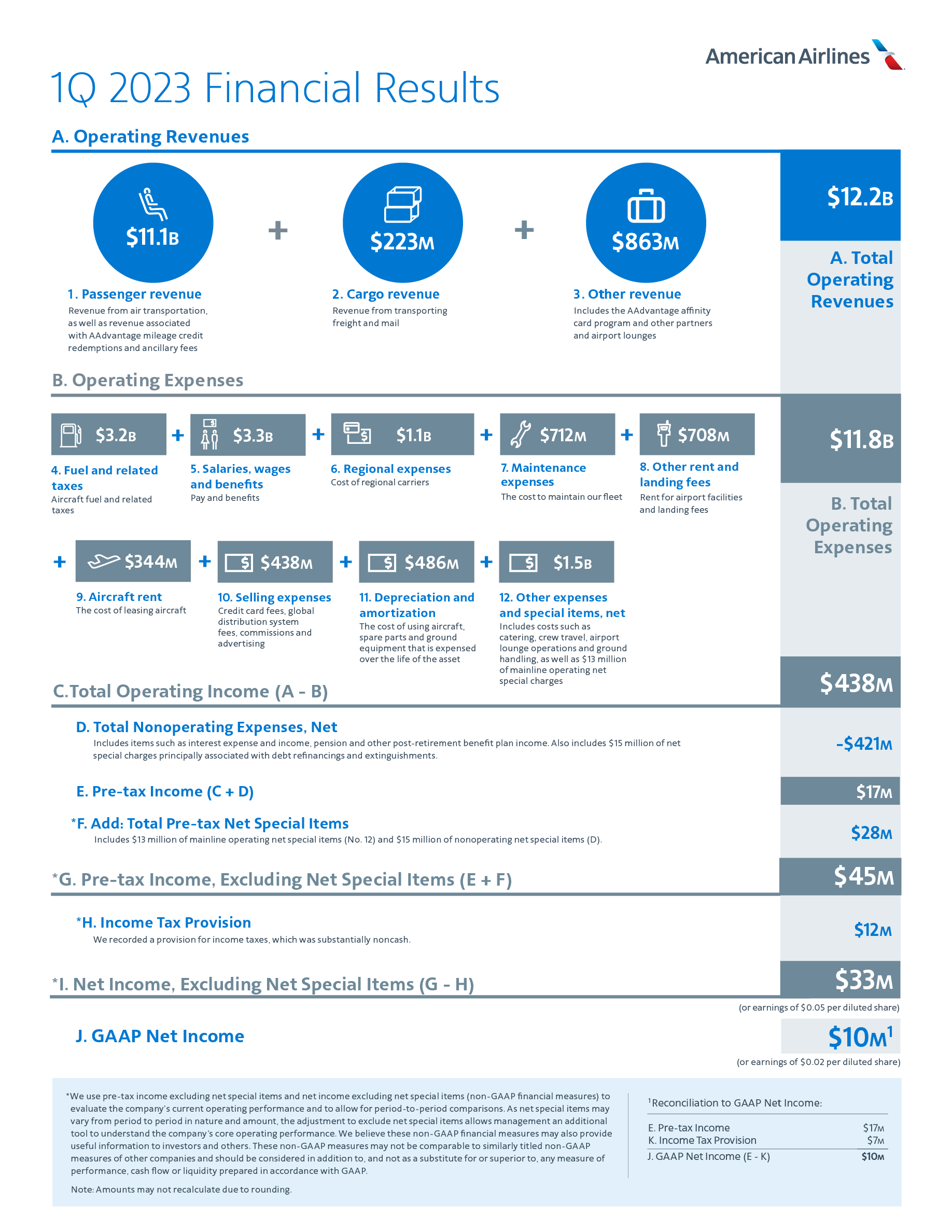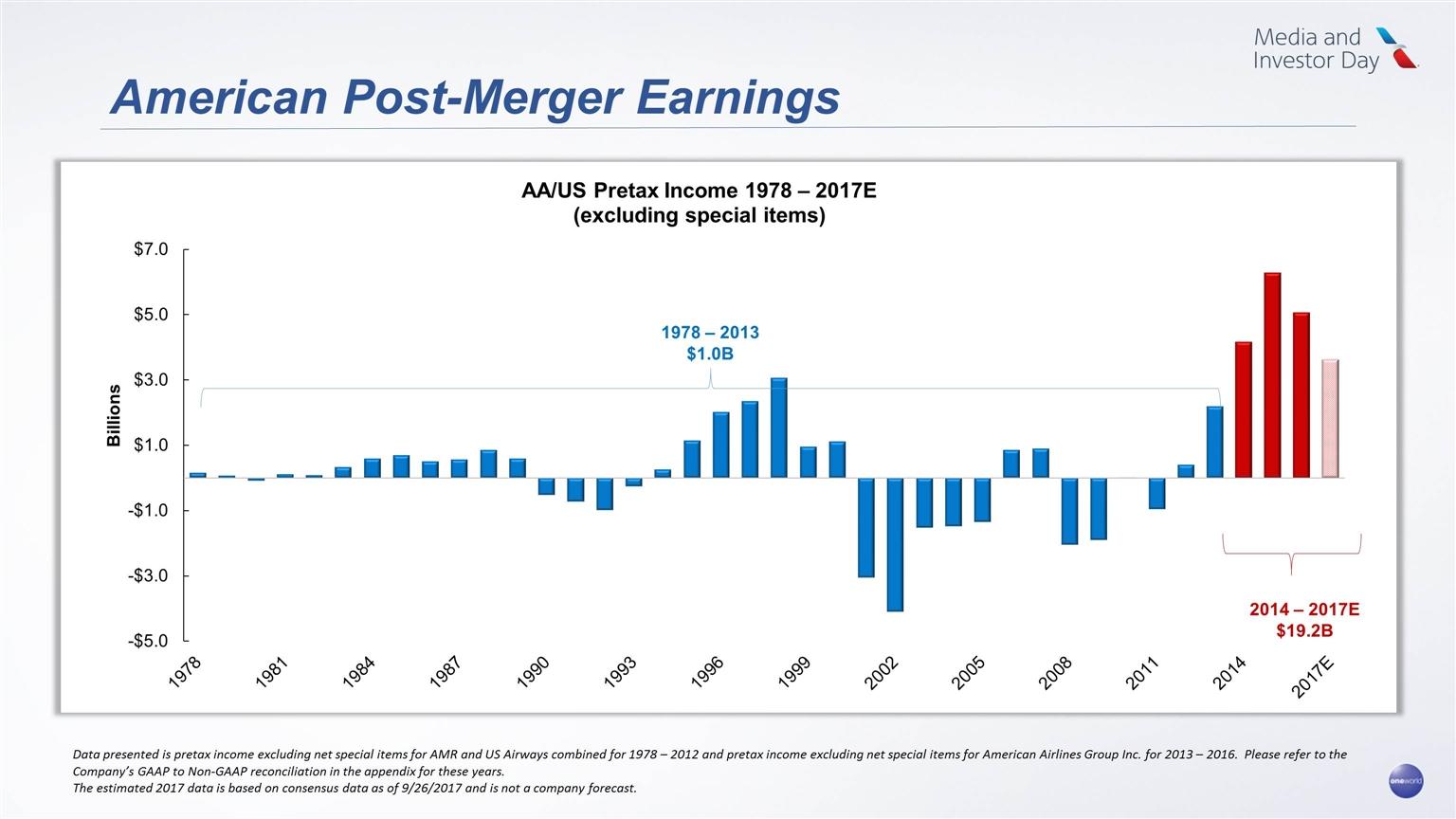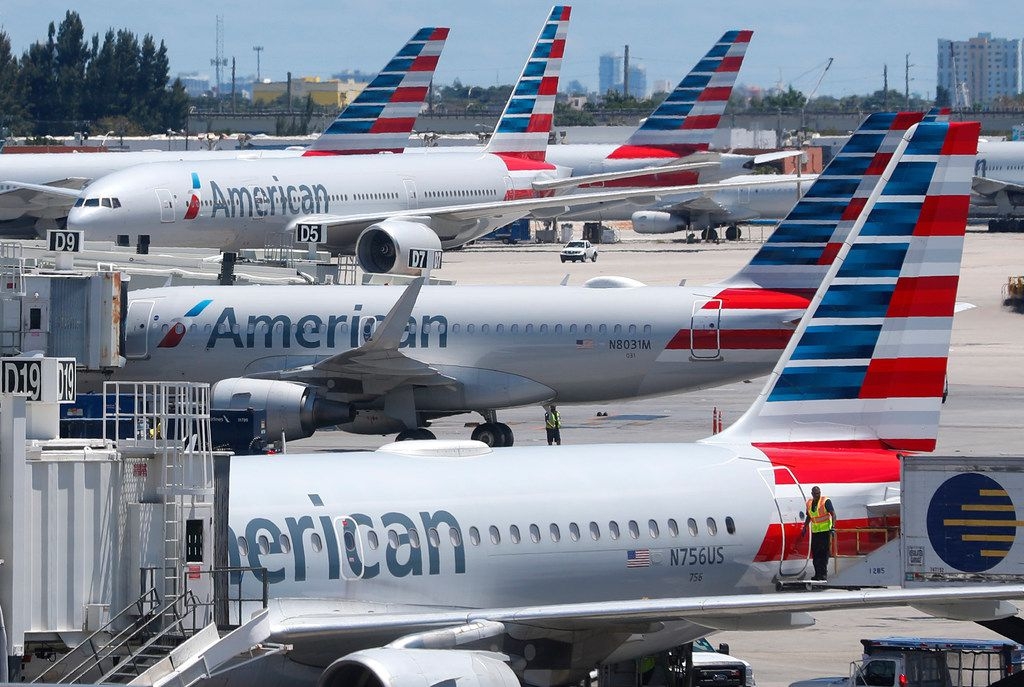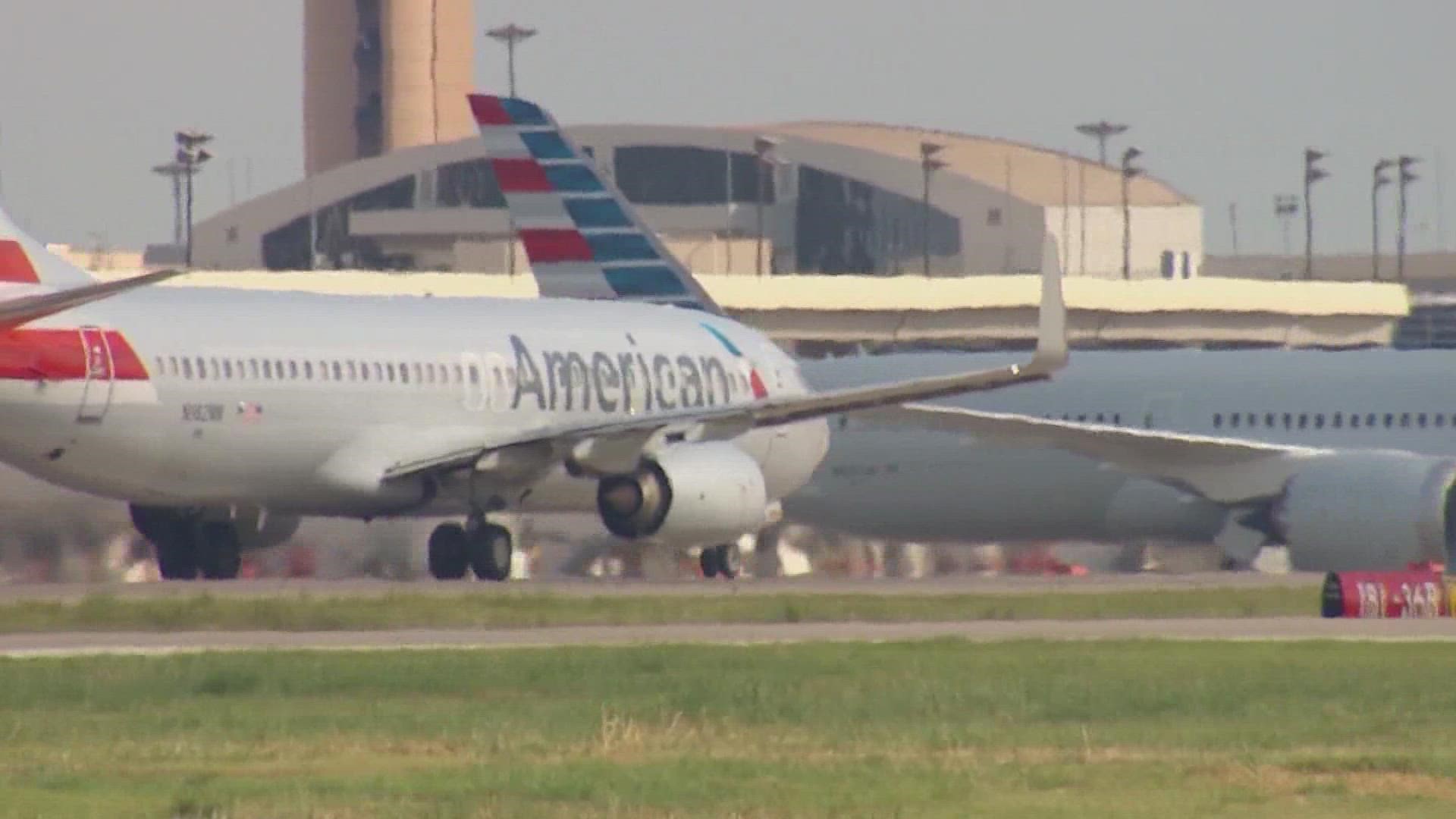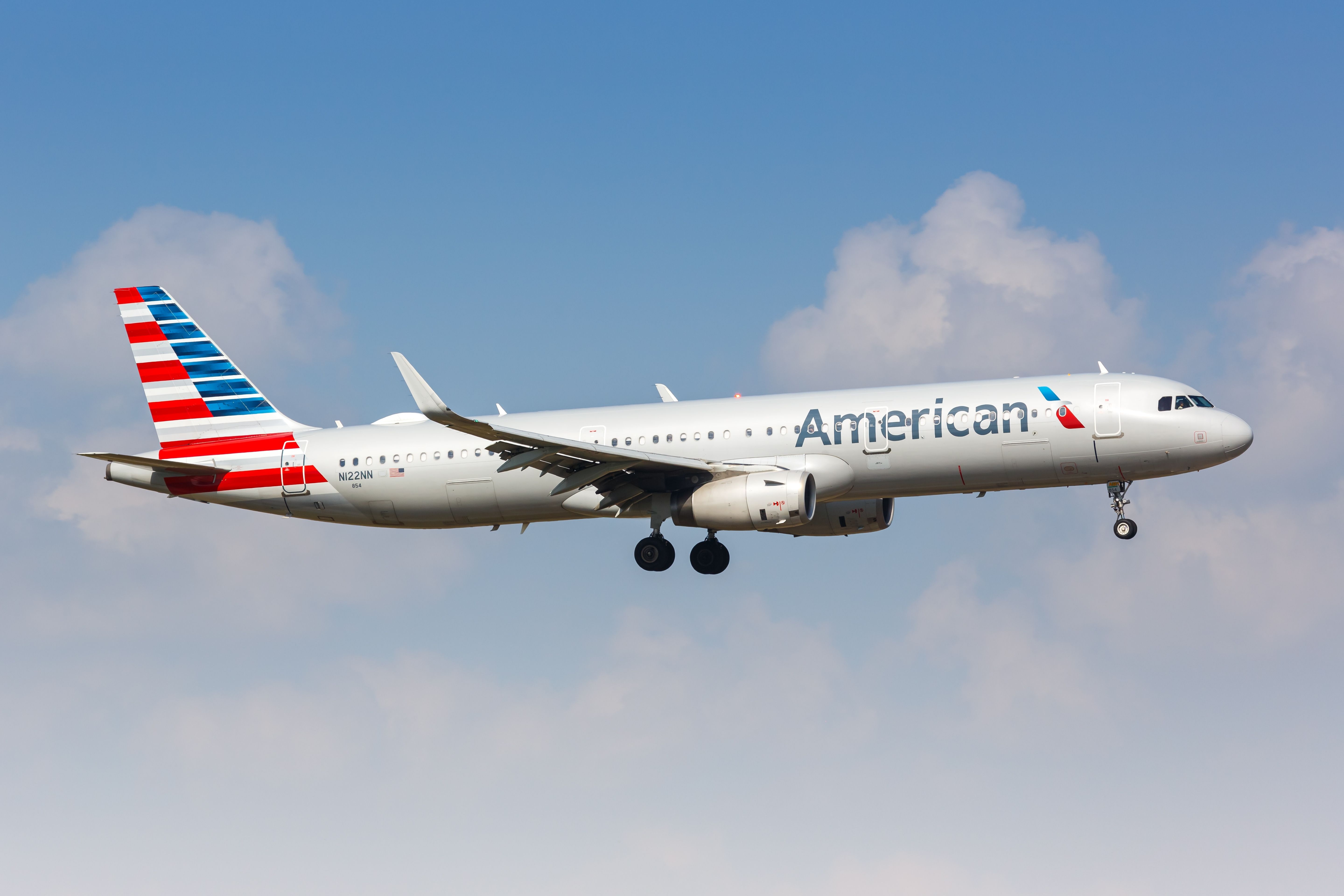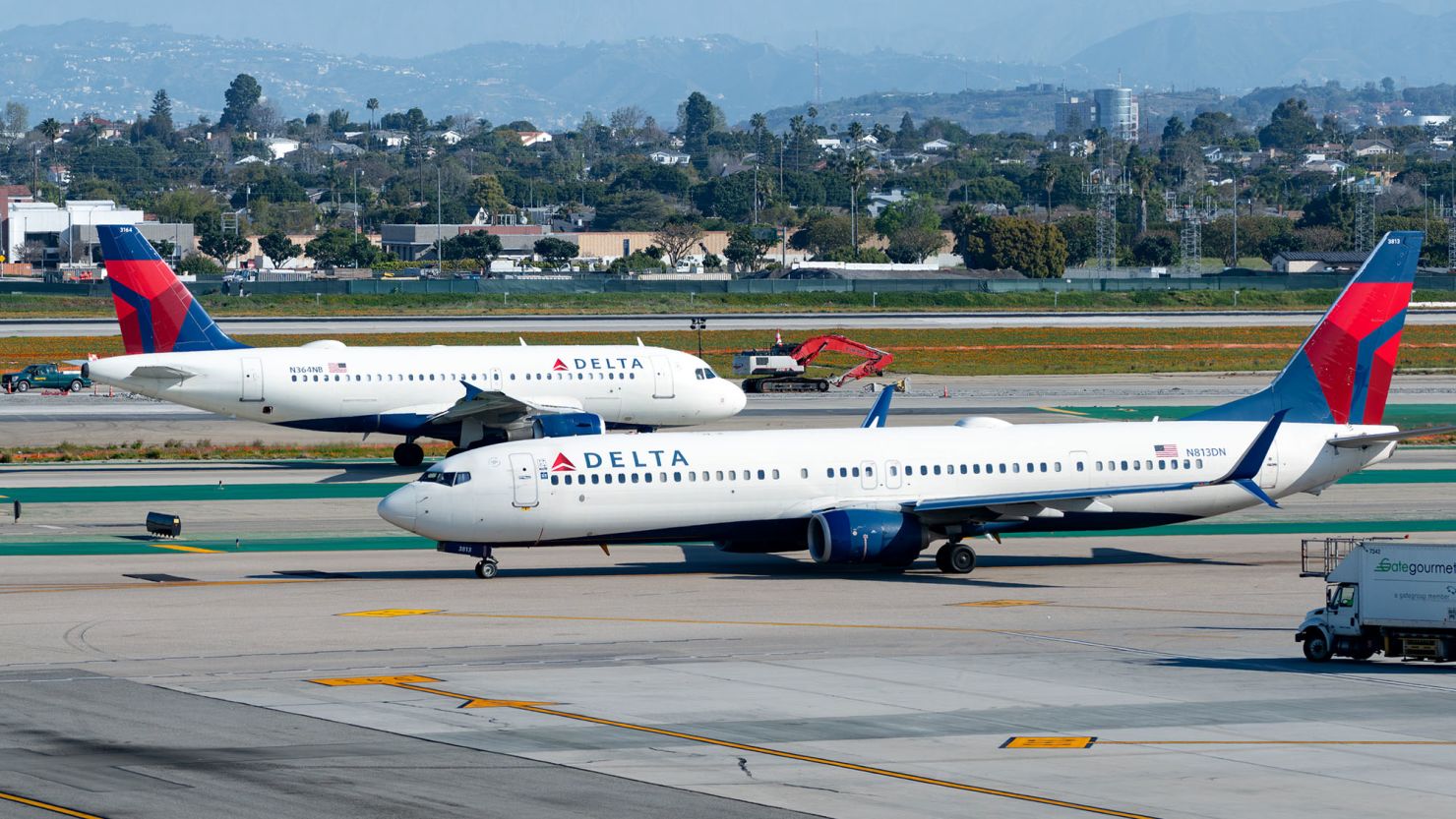American Airlines Lowers First-quarter Revenue Guidance.

American Airlines sent ripples through the financial markets Tuesday as it lowered its first-quarter revenue guidance, citing weaker-than-expected domestic bookings. The announcement has prompted investors and analysts to reassess the airline's performance outlook for the coming months, raising concerns about the broader health of the travel industry.
This revision in financial projections serves as a crucial indicator of potential shifts in consumer behavior and economic trends impacting the aviation sector. It highlights the vulnerability of airlines to fluctuating demand and the constant need to adapt to evolving market conditions.
The Revised Guidance: What We Know
American Airlines now expects its total revenue per available seat mile (TRASM), a key industry metric, to be down approximately 6% to 8% compared to the first quarter of 2023. This is a significant downward revision from its previous guidance, which projected a decrease of only 1% to 3%.
The company attributed the change primarily to softer domestic demand and lower fares in the latter part of the quarter. International travel demand, however, remains relatively strong.
According to a statement released by American Airlines, corporate bookings, while still showing positive growth, have not rebounded as quickly as initially anticipated. This suggests a potential slowdown in business travel spending.
Analyzing the Impact: Key Details
The timing of the announcement is particularly noteworthy, coming just weeks before American Airlines is scheduled to release its official first-quarter earnings report. This pre-emptive revision suggests that the company wanted to manage investor expectations and avoid a potentially larger negative surprise during the earnings call.
Robert Isom, American Airlines' CEO, has not yet issued a public statement addressing the revised guidance beyond the official press release. Market analysts are eager to hear from him and other company leaders to gain more insights into the underlying factors driving the lower revenue forecast.
The news immediately impacted American Airlines' stock price, which saw a decline in after-hours trading. Other major airlines, including United Airlines and Delta Air Lines, also experienced slight dips, indicating a potential ripple effect across the industry.
Why the Decline? Factors at Play
Several factors could be contributing to the weaker-than-expected domestic bookings. These include increased competition from low-cost carriers, a possible shift in consumer spending habits, and concerns about the overall economic outlook.
Inflation, while cooling, continues to impact household budgets, potentially leading some travelers to cut back on discretionary spending, including air travel. Rising interest rates could also be playing a role, making it more expensive for consumers to finance vacations and other trips.
Another potential factor is the increase in remote work, which has reduced the need for business travel. Although corporate bookings are still growing, the pace of recovery has been slower than expected, particularly in certain sectors.
The Ripple Effect: Impact on Travelers
While the revised revenue guidance is primarily a financial issue for American Airlines, it could eventually impact travelers in several ways. The airline might respond by adjusting its flight schedules, reducing capacity on certain routes, or raising fares.
These potential changes could lead to fewer travel options, longer layovers, and higher ticket prices, especially for popular destinations during peak seasons.
However, it is also possible that American Airlines will focus on streamlining operations and improving efficiency to mitigate the impact on customers. The airline could also offer promotions or discounts to stimulate demand.
Looking Ahead: What to Expect
The next few weeks will be crucial as American Airlines prepares to release its full first-quarter earnings report. Analysts will be closely scrutinizing the report for more details about the company's performance and its outlook for the remainder of the year.
The airline's management team will likely face tough questions from investors and analysts about its strategy for addressing the weaker-than-expected domestic demand and navigating the current economic environment.
The situation serves as a reminder of the volatile nature of the airline industry and the importance of staying informed about market trends and company performance. Consumers are encouraged to monitor fare prices and book flights in advance to secure the best deals.
"This revised guidance underscores the challenges facing the airline industry in a post-pandemic world," said John Smith, a travel industry analyst. "Airlines must be agile and adapt quickly to changing consumer behavior and economic conditions."
The coming months will reveal whether American Airlines can successfully navigate these challenges and regain its financial footing. Its performance will undoubtedly be closely watched by the entire industry.

